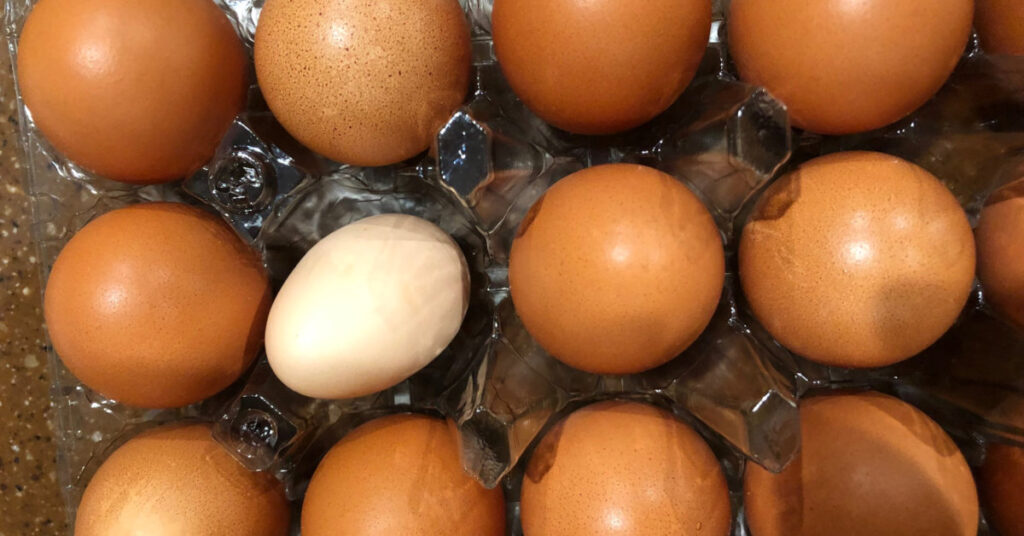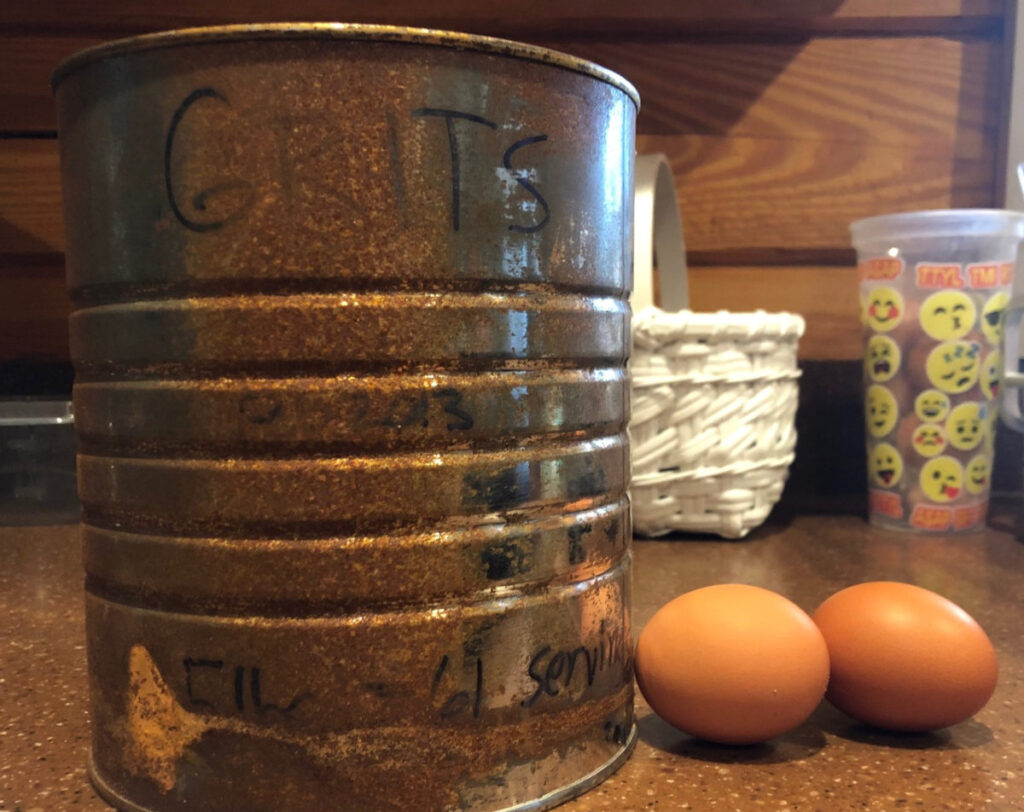I’ve heard a rumor that early predictions floating around government offices predict food inflation may exceed 30 percent next year. Among other pressures, fertilizer prices are already double last year’s, which will drive up prices at the farm.
What does this mean in terms of dollars and cents? If your average grocery shopping trip costs $150, it will cost $200 in a year. If you spend $600 a month on groceries, expect that to jump up to $800 or more.
Of course, no one can predict the future. We don’t know what Omicron will do, whether it will drive costs up or down. It’s also possible that an increase in food prices may be partially offset in your wallet by dropping fuel prices. Some are predicting a recession, which could have a deflationary impact on some goods and services. On the other hand, rising food prices seem to be a global phenomenon, and we are not insulated from global markets.
Whether or not we see 30 percent food inflation, one thing I take from the rumor is that no one thinks inflation will go away or even slow down.
Here on the homestead, we are looking at habits we can change to spend less and stretch our dollars. Here are a few things we will do.
Grow Vegetables
First, we’re going to grow more vegetables ourselves. My wife likes her greens. The good news is that greens are easy to grow. We’ll do more than lettuce and spinach, adding things like Swiss chard, beets, mustard, and whatever else she wants. In the summer, we will plant broccoli, kale, and cabbage for fall harvest.
I expect we’ll grow zucchini and yellow squash because they are also easy and prolific. Slice one of each with an onion, stir fry or sauté, and you have an excellent side dish. We can also cook summer squash on the grill, or add it to pasta and soups. Adding summer squash is a good way to stretch meals while making them look colorful and substantial.
We’ll plant a few bushes of string beans and green peas. I like both and my wife is a fan of green beans. Not sure how many meals we’ll get, but each one will be money we don’t spend.
We will probably have a couple tomato plants, pepper plants and cucumbers, but these traditional plants won’t be the emphasis of our garden, although we have made pickles in the past.
Bake our own Bread
I know how to make basic bread and pizza crust. My wife has been practicing other breads, like making French bread and different rolls. The other day, we made French toast using her French bread, which we both found amusing.
A decent loaf of bread costs $3 to $5, even more for a nice artisan loaf. By baking it ourselves, we can produce a loaf for less than a dollar.
My wife already bakes cakes, cookies and pies.
Eating More of our Eggs
We are harvesting nine eggs per day and that could grow to a dozen by spring. Two eggs and a couple pieces of toast make a pretty good breakfast, and all home grown or homemade. We can also hard boil them for snacks, to serve in salads, or to make deviled eggs. My wife makes an occasional quiche and uses them in baking, too.

I figure we are saving at least $10 a week by not buying free-range eggs. If we will sell four or five dozen eggs per week, it could make us up to $20 a week.
I also hope to sell honey this summer. Raising meat rabbits is still under consideration.
Plan Inexpensive Meals
I’m not thrilled about this one, but I expect we will eat less meat. Meat we do eat next year will be less expensive cuts, like ground meat, sausage, chicken and some pork. We will probably eat more meals where meat is a component, like stew or soup, rather than the prime course. That will cut down the cost per meal.
We can also plan other inexpensive meals, using items bought in bulk, like oatmeal or pancake mix. Nothing wrong with peanut butter sandwiches; you can still buy 5 pounds of peanut butter for less than $10 at Sam’s Club or Costco. Pasta remains inexpensive if you shop carefully; the sauce usually costs more than the noodles, but I am not against eating buttered noodles, or just sprinkling on some parmesan cheese.
Soup made from leftover chicken carcasses and leftover vegetables can also be very inexpensive. In fact, many homemade or made-from-scratch meals are less expensive and healthier than prepared foods. If you don’t have good cooking skills, this is the time to practice.
Eat More of our Prepper Food
In 2021, we have eaten plenty of our canned foods to help rotate supplies from our prepper pantry. We have also consumed some MRE entrées and ramen noodles. Yes, ramen does eventually get stale so you have to rotate it. From our long-term storage supplies, we opened a #10 can of grits and another of split peas. We also ate some very old beans, and I fed the bees sugar that had been in a bucket since 1998.
In 2022, we will continue to consume canned foods, ramen, and MREs as they approach or surpass their expiration dates. I think we will also use more food from older #10 cans. I have several dozen cans that were stored in the barn at our old retreat. Unlike the cans stored under the bed and in the retreat’s closet, the cans from the barn are rusty and were subjected to hot and cold seasonal cycles. I’d like to test more of these foods to ensure they are safe and have not deteriorated during storage. These include some foods that would make tasty snacks, such as apple rings and banana chips and other foods that you have to plan how to consume. The latter includes barley, cracked wheat, and chicken flavored TVP. About the only thing we do with barley is make soup, although I understand you can boil it and eat it like rice or as a cold side dish. Cracked wheat? My immediate thought is to feed it to the chickens, but maybe we can add it to our homemade bread.

30 Percent is Better than 100 percent
The way things are going, we may look back at 2022 and think 30 percent inflation was “the good old days.” If we go the way of some third world countries, we could see far worse in the future. That’s one reason we aren’t eating the majority of our prepper food; we need to save it until things really get bad.








